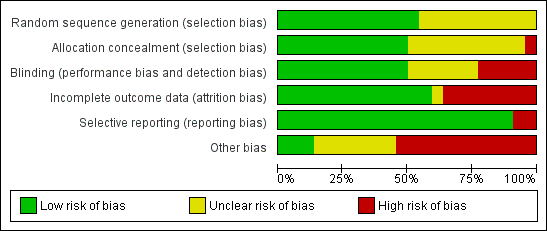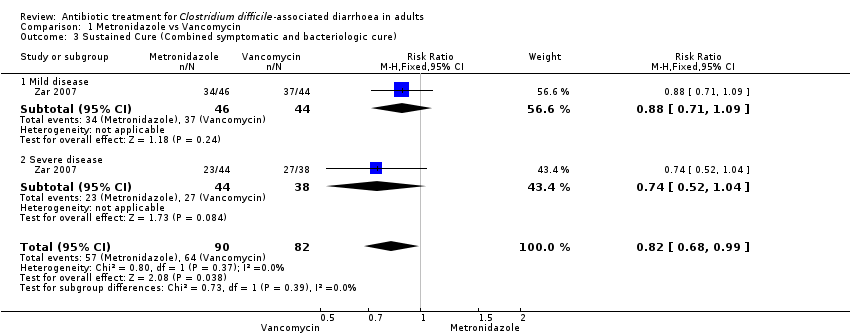Contenido relacionado
Revisiones y protocolos relacionados
Joshua Z Goldenberg, Christina Yap, Lyubov Lytvyn, Calvin Ka‐Fung Lo, Jennifer Beardsley, Dominik Mertz, Bradley C Johnston | 19 diciembre 2017
Anjana Pillai, Richard L Nelson | 23 enero 2008
Nathan Zev Minkoff, Scheherzade Aslam, Melissa Medina, Emily E Tanner-Smith, Joseph P Zackular, Sari Acra, Maribeth R Nicholson, Aamer Imdad | 25 abril 2023
Berkeley N Limketkai, Anthony K Akobeng, Morris Gordon, Akinlolu Adedayo Adepoju | 17 julio 2020
Nghia Nguyen, Bing Zhang, Stefan D Holubar, Darrell S Pardi, Siddharth Singh | 30 noviembre 2019
Qin Guo, Joshua Z Goldenberg, Claire Humphrey, Regina El Dib, Bradley C Johnston | 30 abril 2019
Luís Eduardo S Fontes, Ana Luiza C Martimbianco, Carolina Zanin, Rachel Riera | 12 febrero 2019
Alexander C Ford, Kurinchi Selvan Gurusamy, Brendan Delaney, David Forman, Paul Moayyedi | 19 abril 2016
Cassandra M Townsend, Claire E Parker, John K MacDonald, Tran M Nguyen, Vipul Jairath, Brian G Feagan, Reena Khanna | 7 febrero 2019
Paul Moayyedi, Shelly Soo, Jonathan J Deeks, Brendan Delaney, Adam Harris, Michael Innes, R Oakes, Sue Wilson, A Roalfe, Cathy Bennett, David Forman | 16 febrero 2011
Respuestas clínicas Cochrane
Lucieni Oliveira Conterno | 9 octubre 2018













